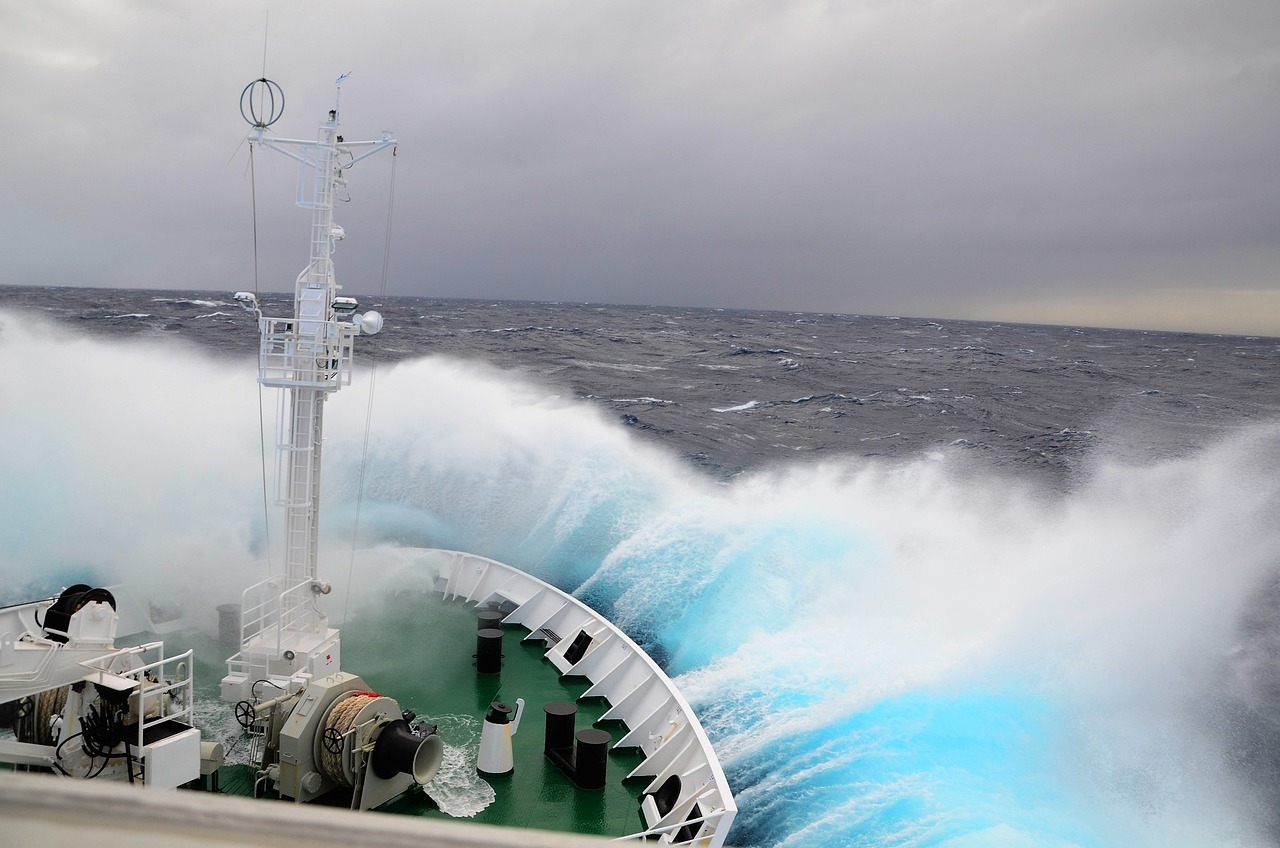Cruising the world can be an amazing experience, but some seas are more dangerous than others. These dangers come from bad weather, rough waters, storms, and even typhoons. Cruise lines need to be very careful when navigating these seas, and passengers should be aware of the risks.
With modern ship technology, most cruise ships can handle rough waters, but disasters have occurred in the past. Severe weather can create huge waves and strong winds, making the captain’s job much more challenging.
In this article, we’ll take a look at the 10 most dangerous seas for cruise ships. We’ll learn about the unique challenges of each sea and what you can do to stay safe.
Drake Passage
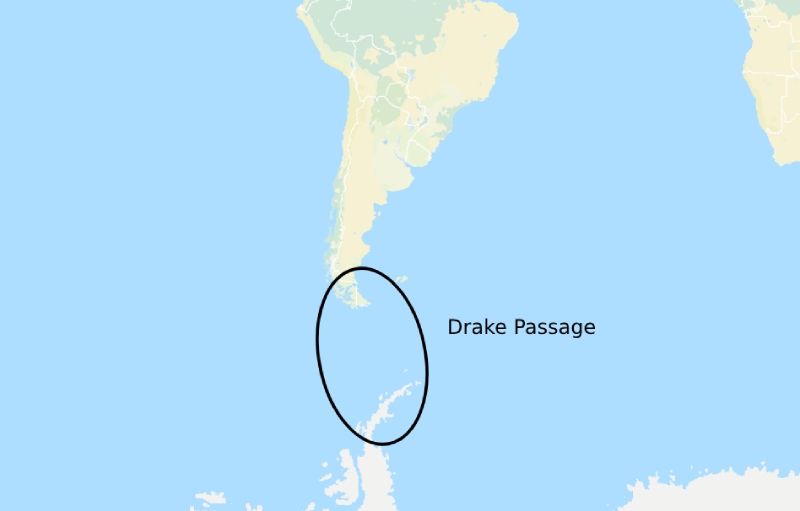
Cruises to Antarctica often pass through the Drake Passage, a stretch of water between Cape Horn, (the southern tip of South America) and Antarctica. The Drake Passage is notorious for its rough waters, mostly caused by strong westerly winds. Another factor is the powerful Antarctic Circumpolar Current, which moves large volumes of water rapidly through the area.
If you’re heading through the Drake Passage, be prepared for some rough seas and bad weather. Despite its roughness, the Drake Passage is a great place to spot wildlife such as albatrosses, whales, and dolphins. Additionally, you’ll get to see stunning icebergs and majestic glaciers, along with dramatic ice cliffs and beautiful ice formations.
On November 29, 2022, the Viking Polaris ship faced very bad weather in the Drake Passage and was hit by a huge wave that broke seven cabin windows. This caused major damage inside the ship, and sadly, one passenger died and eight others were hurt.
Bay of Biscay

The Bay of Biscay is located between the western coast of France and the northern coast of Spain. It is known for its rough waters, strong winds, and powerful waves. The area often faces strong Atlantic storms, mainly in autumn and winter. The shallow waters cause the waves to slow and rise, making the sea more chaotic.
Despite the rough conditions, particularly in the colder months, the Bay of Biscay experiences calmer seas during the summer. It is a common route for Mediterranean-bound cruise ships departing from the United Kingdom and Scandinavia, even though it is known for its challenging waters. In November 2023, the cruise ship Saga’s Spirit of Discovery had to end its trip early due to a powerful storm in the bay. This storm injured 15 percent of the passengers, with five seriously hurt.
Sea of Japan
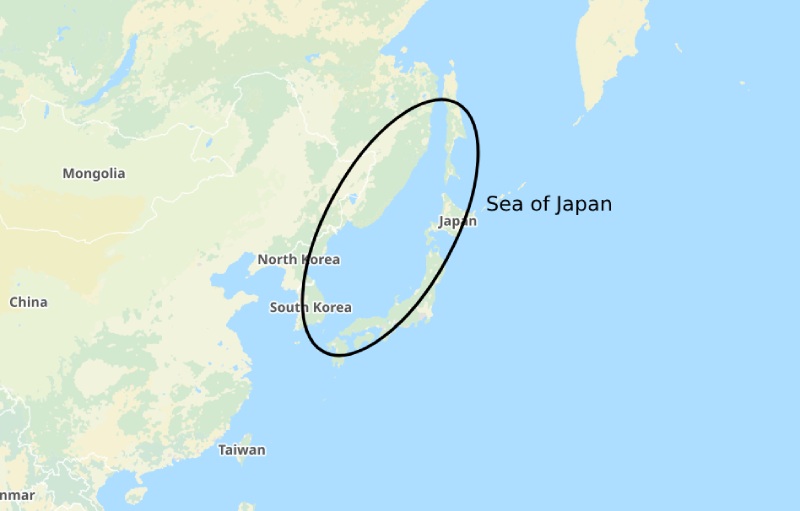
The Sea of Japan is located between Japan to the east, the Korean Peninsula to the west, and Russia to the north. Cruises that travel through this region often include routes around Japan, stopping at ports like Aomori, Hakodate, and Kanazawa. These itineraries may also visit South Korean destinations such as Busan and even Russian ports like Vladivostok.
While cruising through the Sea of Japan, the waters can vary from calm to rough, especially during the monsoon and typhoon seasons. Many experienced passengers suggest packing layers and rain gear for comfort. A good waterproof bag is essential to keep your belongings dry during unexpected showers.
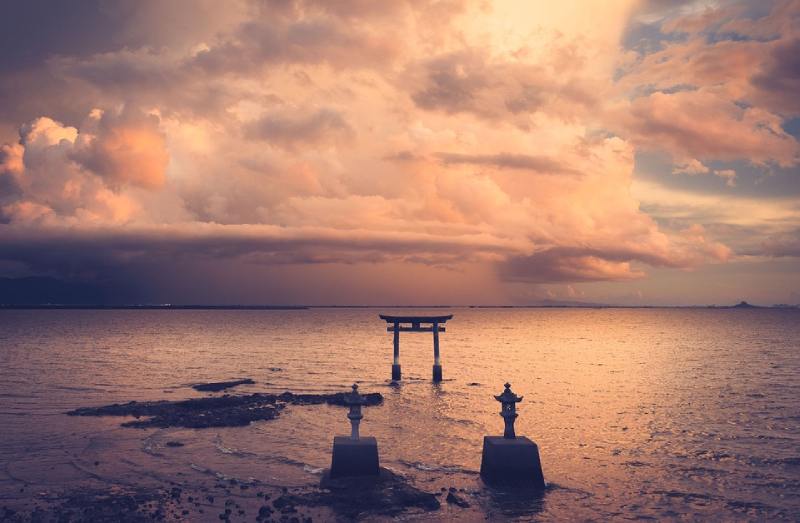
The Sea of Japan is known for its stunning coastal landscapes, including picturesque cliffs, beautiful beaches, and scenic views. It’s also home to diverse marine life, including dolphins, whales, and sea lions.
Due to less frequent cruise traffic, the Sea of Japan has had fewer well-known cruise incidents, but ships there have occasionally faced troubles. In January 2023, a cargo ship sank due to fierce winds, leaving 9 missing and 2 dead.
English Channel
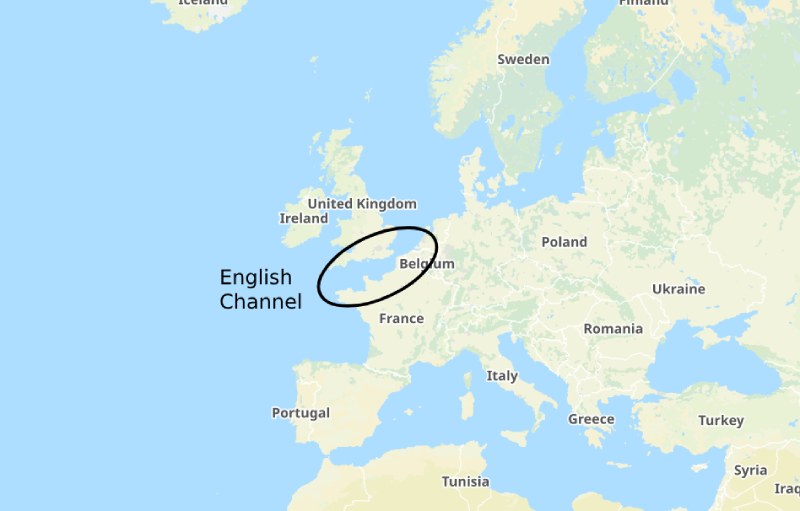
The English Channel is located between the southern coast of England and the northern coast of France. You’re likely to travel through the English Channel on cruises visiting ports in the United Kingdom, France, Belgium, and the Netherlands. These routes often explore Northern Europe, the British Isles, or are part of transatlantic voyages.
The English Channel is one of the busiest shipping lanes in the world, with heavy traffic from commercial ships, ferries, and cruise liners. Key ports along the Channel include Dover, Southampton, Portsmouth, and Plymouth in the UK, and Cherbourg in France.
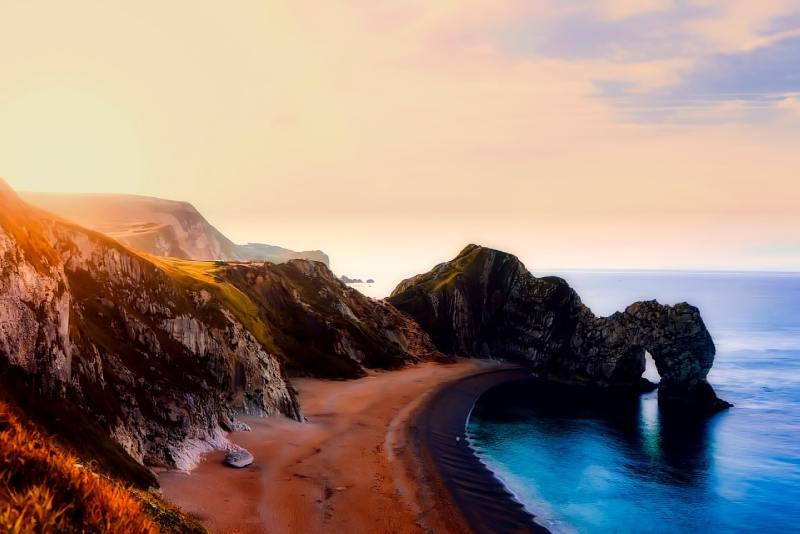
The region experiences variable weather patterns, with sudden changes that can lead to rough seas, especially during strong winds and storms in winter. The narrow width of the Channel, particularly at the Strait of Dover, which is only about 21 miles (34 km) wide, can funnel winds and waves, causing strong tidal flows and significant wave action.
Although the sea can be calm at times, these conditions can make the passage challenging. In 2014, a passenger was killed on the cruise ship Marco Polo when a freak wave hit, smashing many windows and injuring several people.
Gulf of Alaska
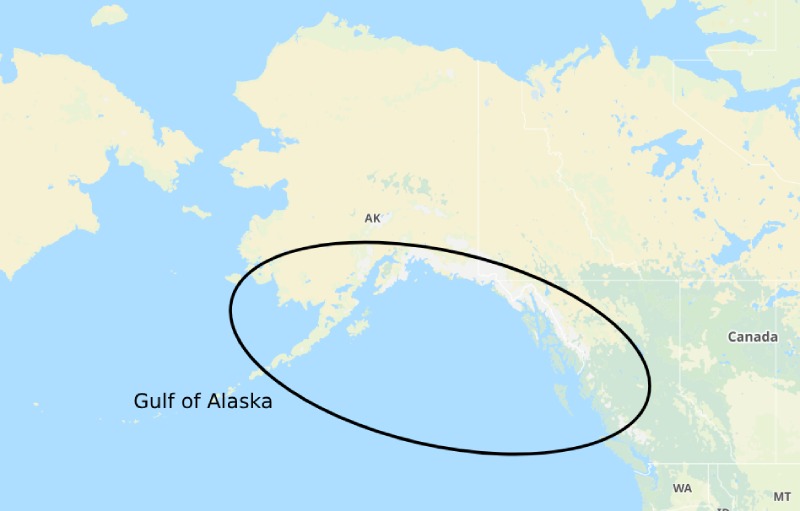
The waters in the Gulf of Alaska are known for being rough and fierce, with intense storms. The region also faces strong, swirling currents from the North Pacific Ocean, creating some of the roughest waves on the planet. The area is also home to plenty of glaciers and ice, so ships must be careful to avoid collisions.
Despite these rough conditions, the Gulf of Alaska offers breathtaking scenery, including rugged coastlines and abundant wildlife. If you’re lucky, you might even witness a calving event (where chunks of ice break off into the sea). Consider bringing along some binoculars to witness the wildlife and majestic glaciers.
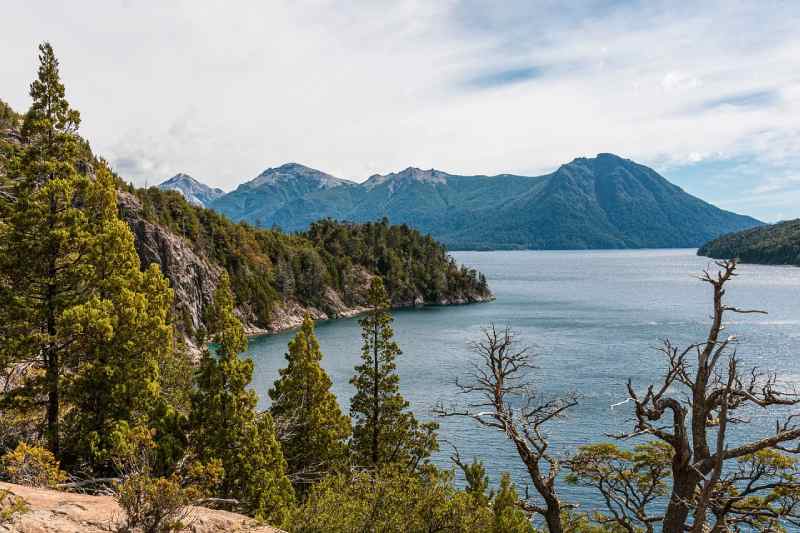
Popular cruise destinations in the Gulf of Alaska include Seward, Whittier, Anchorage, and Prince William Sound. These locations offer stunning natural landscapes, wildlife viewing, and activities like glacial tours, fishing, and hiking. In June 2022, the cruise ship Norwegian Sun encountered a dense piece of ice, forcing it to skip two ports of call due to poor visibility and fog.
North Sea
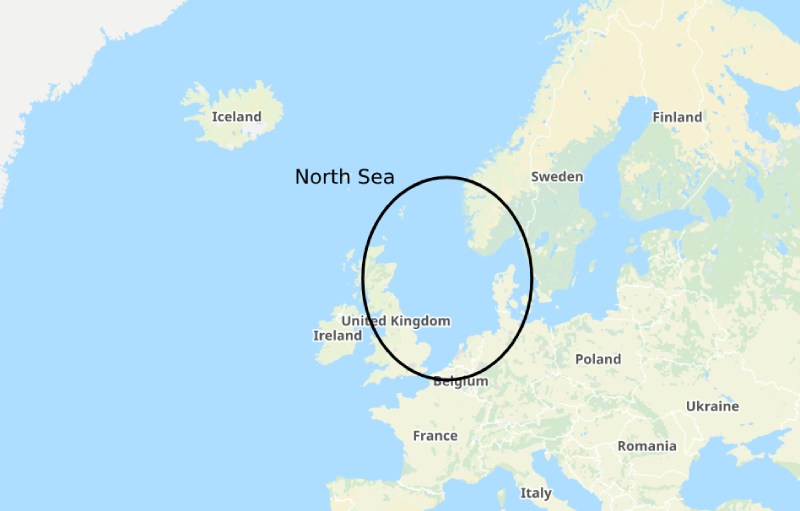
The North Sea is located between the eastern coast of Great Britain and the northern coast of Europe. It’s known for its rough, choppy waters and thick fog. The sea is relatively shallow, making it more susceptible to wind and waves. The water is ice-cold and becomes especially turbulent during windy conditions.
Cruises traversing the North Sea often include itineraries to Northern European capitals, the British Isles, Norwegian Fjords, the Baltic Sea, and the Arctic Circle. These cruises frequently include stops in cities like Amsterdam, Copenhagen, Oslo, and Edinburgh.
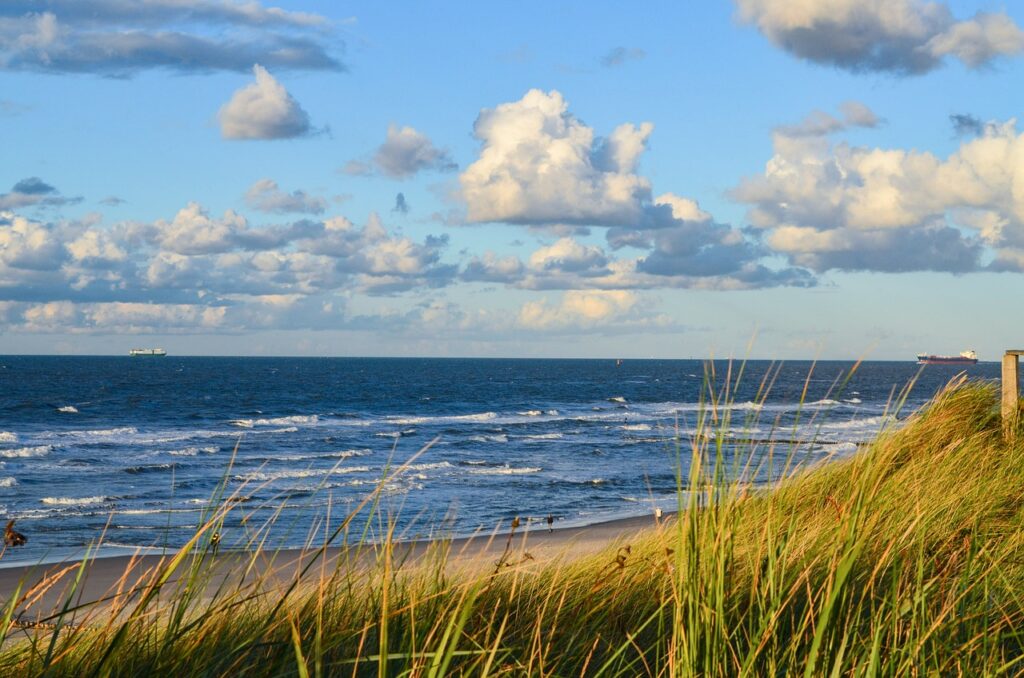
Due to the rough conditions, passengers on North Sea cruises may sometimes be asked to stay on the ship for safety reasons. In December 2023, a massive rogue wave caused by Storm Pia battered the Otto Sverdrup in the North Sea off the coast of Germany.
South China Sea
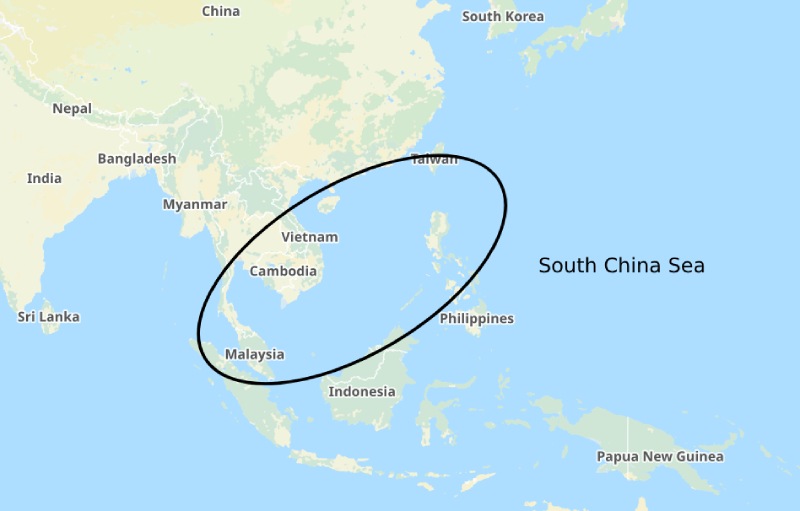
The South China Sea, located in the Western Pacific on the southeastern coast of China, is known for its rough seas and unpredictable weather. Tropical storm season brings the biggest waves, but storms can strike any time of year. Cruises in the South China Sea often explore Southeast Asia, stopping in countries like Vietnam, the Philippines, Malaysia, Singapore, and Hong Kong.
Tasman Sea

The Tasman Sea, located between Australia and New Zealand, is known for its harsh storms, rough conditions, and unpredictable weather year-round. Cruises often explore itineraries in Australia and New Zealand, stopping in cities like Sydney, Melbourne, Auckland, and Wellington.
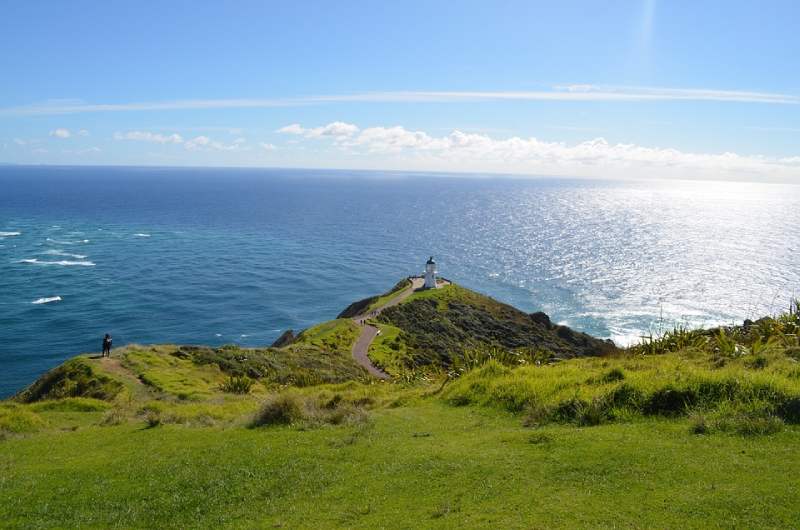
The sea lies in the “roaring forties” belt of westerly winds, making it one of the wildest bodies of water on earth. Despite this, it also offers calm days for smooth sailing, with stunning islands, coastlines, cliffs, and wildlife such as dolphins, orcas, and various birds. Locals say the sunsets here are some of the most beautiful in the world, so have your camera ready.
Bering Sea
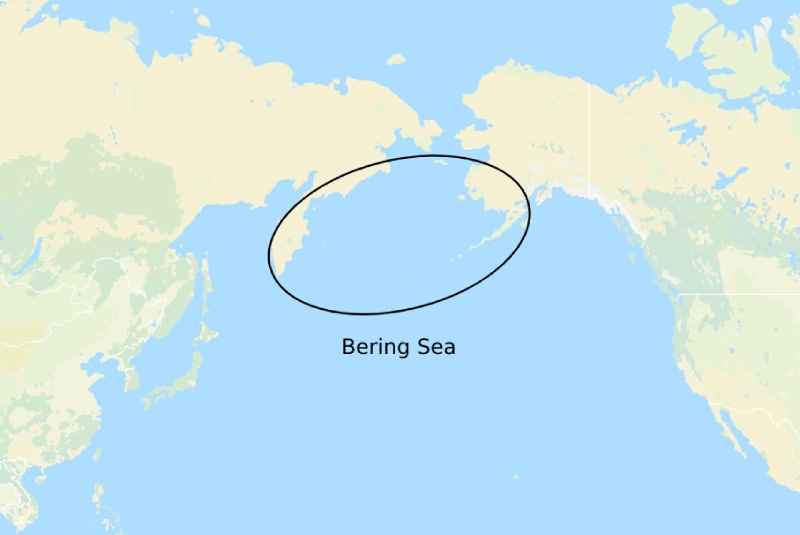
The Bering Sea is located between Alaska to the east and Russia to the west, north of the Pacific Ocean. It is known for its rough, icy cold waters and fierce winds, which have led to many deadly incidents over the years. Some of the waves there have been recorded to be up to 40 ft. (12 m) tall. Bering Sea cruises often depart from major cities like Vancouver and Tokyo, as well as Seattle and Nome (Alaska).
Typical routes might include stops in Alaskan ports like Ketchikan and Dutch Harbor, as well as Russian ports such as Petropavlovsk-Kamchatsky and Provideniya. Make sure you’re prepared for varying weather conditions, from calm seas to rough waters, and pack accordingly with layers, rain gear, and motion sickness pills. Some cruisers often mention they can see whales and seals lounging on the ice, so don’t forget your camera.
North Atlantic Crossing

The North Atlantic is a remote body of water known for its ice-cold temperatures, rough conditions, and powerful waves. These are the same waters that claimed the Titanic more than a hundred years ago, and they are still notorious for icebergs and unpredictable weather.
Cruise ships typically sail through this region during the spring and fall seasons as part of repositioning cruises between Europe and the Americas. Popular cruise lines such as Royal Caribbean, Cunard, and Norwegian Cruise Line offer these itineraries, which are often more affordable than regular cruises.

Expect several consecutive days at sea, which can be relaxing but may also require some planning. Bringing books, movies, or hobbies can help keep you entertained during the longer stretches without port stops, as there’s a high chance you’ll need to stay inside due to rough weather.
The North Atlantic crossing offers the perfect time to unwind, with many cruisers appreciating the slower pace. Cruise enthusiasts also suggest using this time to relax, recharge, and enjoy the ocean views.
The 10 Most Dangerous Seas in the World for Cruise Ships – FAQ
What time of year is the North Sea the roughest?
The North Sea is roughest during the winter months, usually from November to February. During this time you can expect strong winds, storms, and freezing temperatures.
Despite these harsh conditions, cruises in the North Sea during this time are less common. This is because most cruise lines prefer to schedule trips in the warmer, calmer months for a more enjoyable experience.

